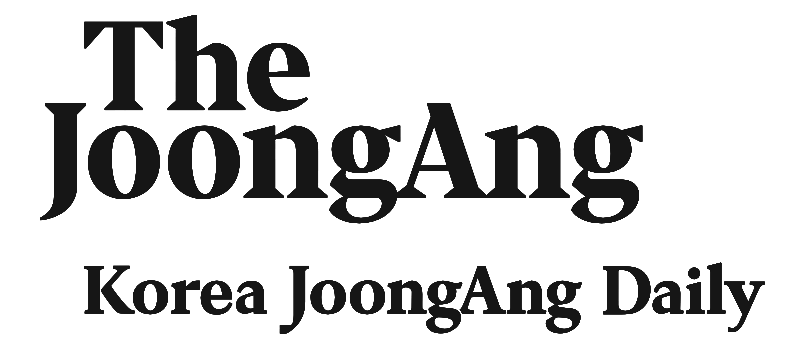With tourism thwarted by virus, Seoul doubles down on Hallyu

When a 35-year-old woman from Wuhan, China landed at Incheon International Airport on Jan. 19 ahead of the Chinese Lunar New Year holidays, she was among more than 15 million people from around the world expected to visit the country in 2020.
Airport officials, however, noticed she had a fever. She was whisked to a nearby hospital, and the very next day, the tourist was confirmed as Korea's first coronavirus patient.
A massive cluster in Daegu the following month galvanized countries around the world to restrict flights to Korea. Eight months later, Korea's tourism industry continues to wrestle with the dearth of international travel.
No city has had it worse than Seoul, whose slogan “I SEOUL U” represents the Korean capital's hope to connect people all over the globe.

Last year, approximately 13.9 million people visited Seoul from abroad. The largest number arrived from China, 34.4 percent, followed by Japan at 18.7 percent, according to data from the Seoul Metropolitan Government.
From January to July this year, only 1.68 million people visited — down 77.8 percent from the same period last year, when 7.85 million people came. The highest number of travelers still came from China, 28.5 percent, and Japan, 19.3 percent.
For officials at the Seoul Metropolitan Government in charge of planning tour programs for foreign visitors, the sharp decline in international arrivals meant scrapping almost everything they had planned for the year. They were forced to confront the same question that everyone else seems to be grappling with: What is the “new normal?"
Their answer so far has been “virtual tourism” — capitalizing on the rising popularity of Hallyu, or the Korean Wave, by hiring famous K-pop stars to introduce Korean culture to worldwide fans in live-streaming or pre-recorded videos uploaded on YouTube and other social media platforms.
“We’ve converted a lot of Hallyu programs we used to run offline before the pandemic to online versions,” said Lee Eun-yeong, director of the metropolitan government’s Tourism Industry Division .
“Worldwide Hallyu fans can now feel Seoul and experience Hallyu culture at Seoul’s official tourism YouTube channel, VisitSeoul TV.”
One short video uploaded in mid-September featured all seven BTS members taking viewers on a virtual journey through Seoul, showing off numerous tourist attractions like Gyeongbok Palace, Dongdaemun Design Plaza, Lotte World Tower and N Seoul Tower.
Days later on Sept. 19, boy band Seventeen — which has 13 members — went live to teach fans how to whip up Korean food and dress like famous actors in K-dramas.
While demonstrating how to cook japchae (stir-fried noodles mixed with slices of vegetables and meat), members of Seventeen also introduced the popular streets of Tongin Market and Gwangjang Market. While offering styling tips, the singers introduced Seoul’s well-known fashion districts of Apgujeong, Dongdaemun, Dongmyo and Garosugil.

On Sept. 25, two other pre-recorded videos featuring Seventeen members making kimchi and teaching K-pop dance moves were released, as they introduced Insadong, Daehakro and Sangamdong on the sidelines.
By promoting the capital through star-studded K-pop groups, the Seoul Metropolitan Government said in an email to the Korea JoongAng Daily that it hopes to solidify Seoul’s image as “the center of Hallyu tourism.”
“The greatest advantage of virtual travel is that amid the Covid-19 era, people are able to feel as if they’re touring around Seoul with a click of the mouse,” the city office said.
“The live shows on Sept. 19 were viewed by 17,000 people from 110 countries, and while the shows were streaming, we added 5,800 new subscribers [to our YouTube channel],” the city added. “This was only possible due to the fact that it happened online, where there are no constraints in time or place.”
As for next year, the Seoul Metropolitan Government said it was planning to continuously collaborate with K-pop stars in the hopes that the city’s tourism industry quickly rebounds once the pandemic ebbs. Until that historic moment comes, the city vowed to design new tour packages themed on non-contact, safety and recuperation — three key words that now define travelers’ new normal.
In the end, everything comes down to this common message, said Lee, the Tourism Industry Division official.
“When people start to travel again, we hope Seoul would be their first destination.”
BY LEE SUNG-EUN [lee.sungeun@joongang.co.kr]


